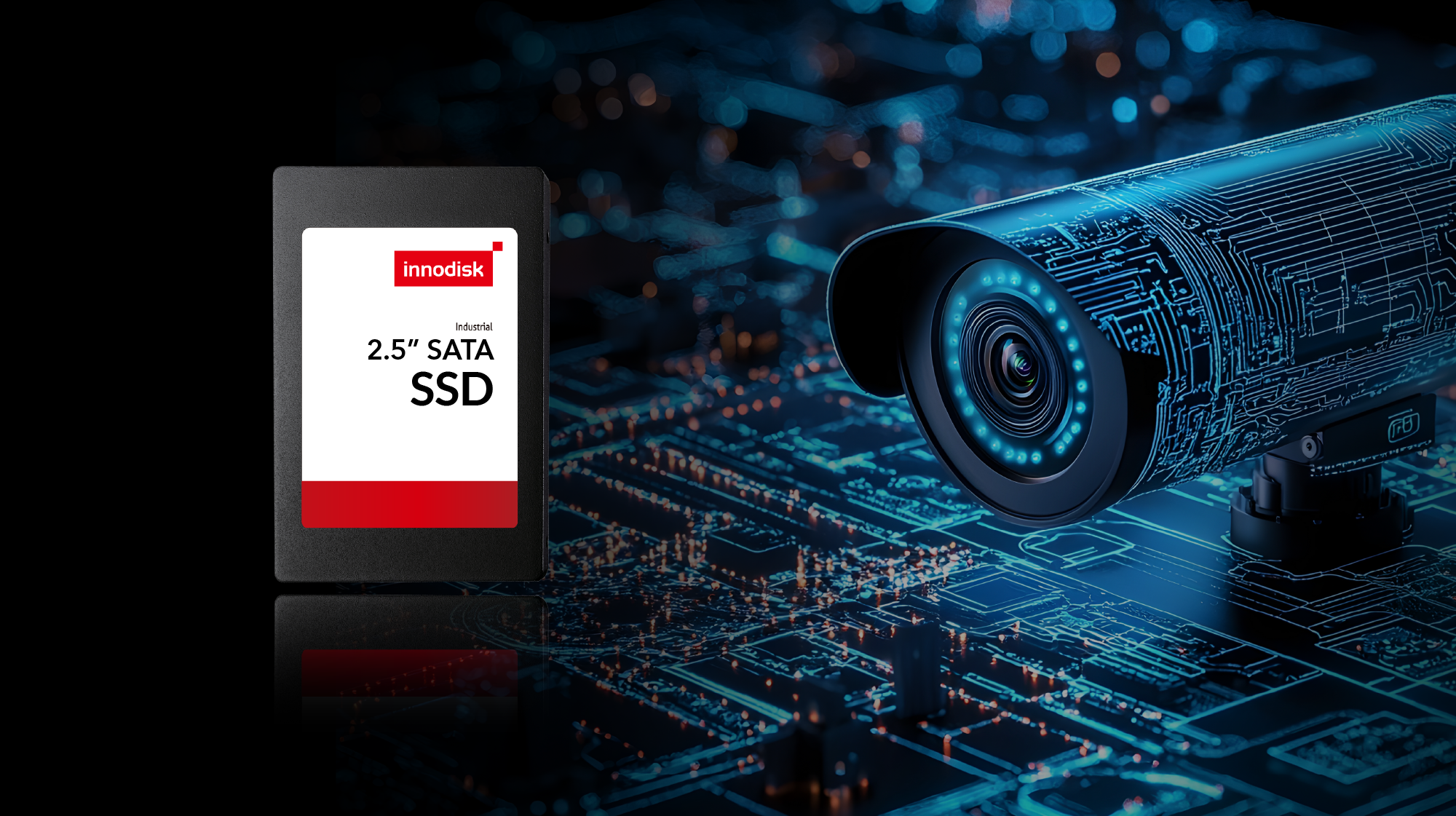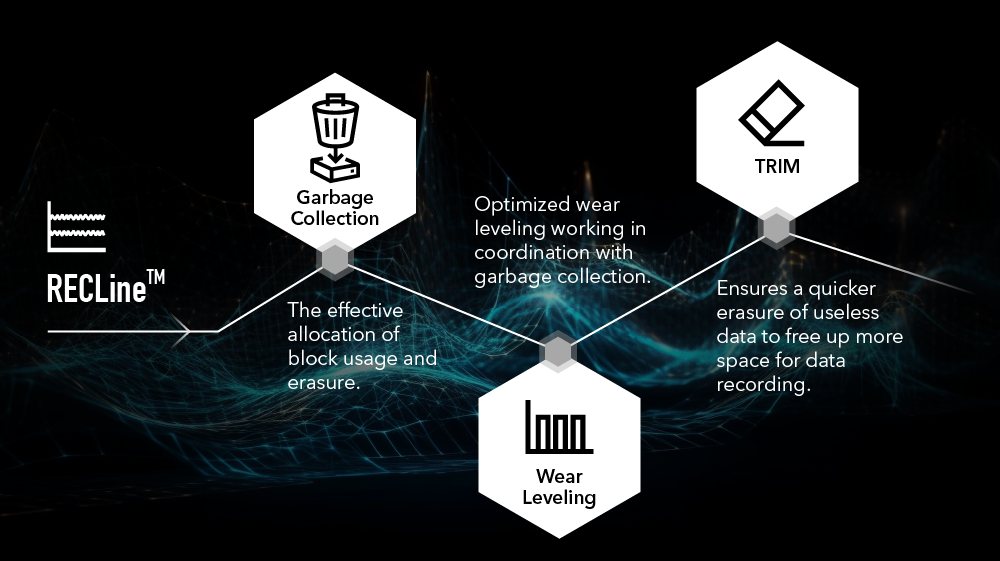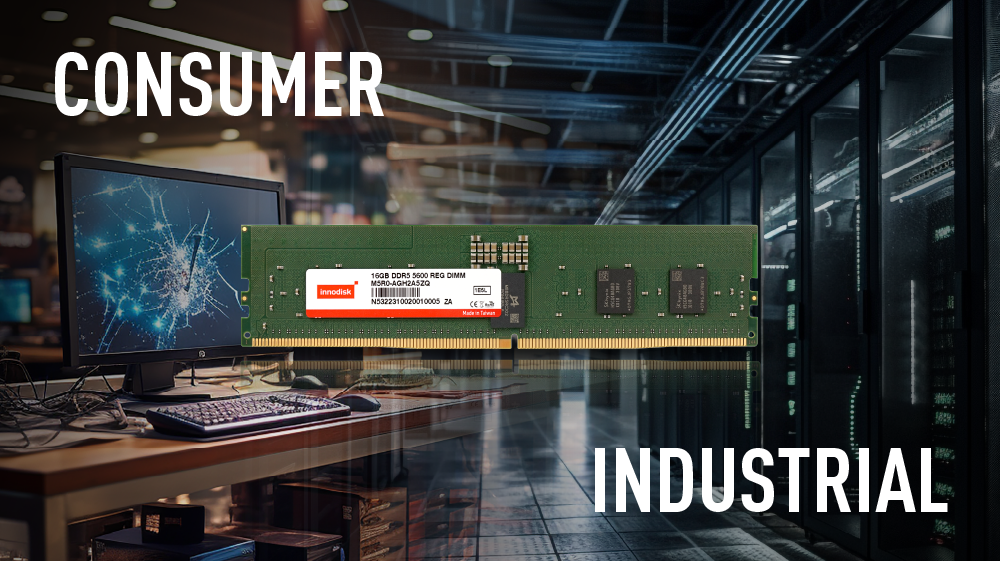Why do most surveillance systems use HDDs?

Due to concerns about a low mean time between failure (MTBF) and high cost, SSDs are often disregarded by the surveillance industry, and most surveillance systems continue to use HDDs despite their obvious weaknesses such as durability, speed, and reliability.
Why should surveillance systems start using SSDs?
Designed with surveillance applications in mind, RECLine from Innodisk is an SSD firmware optimization that maintains a constant sequential write speed, which results in minimum and often zero frame loss when recording video. This is accomplished by altering the drive’s garbage collection, wear leveling, and TRIM processes. Innodisk provides RECLine optimizations in conjunction with other industrial technologies such as iDataGuard, as part of the InnoREC feature set. InnoREC 2.0 has also recently been released, offering further improvements when recording video, and further proving SSDs’ strength in surveillance.
SSDs featuring InnoREC are the perfect solution for modern surveillance systems. 
Conclusion
When choosing storage for surveillance systems, it’s important to consider the cost over time. Although HDDs are cheaper to buy in the first instance, over time you may end up spending more due to reliability and durability issues, as well as the power and cooling costs
that come with HDDs. SSDs are more expensive in terms of cost per GB, but for cost per IOPS, SSDs outperform HDDs every single time. Finally, with the added features that storage manufacturers provide, SSDs can improve systems and introduce new possibilities.
Further Reading
- SSDs will crush hard drives in enterprise
- Innodisk RECLine Introduction
- White Paper: Maximum Surveillance-Recording Stability

